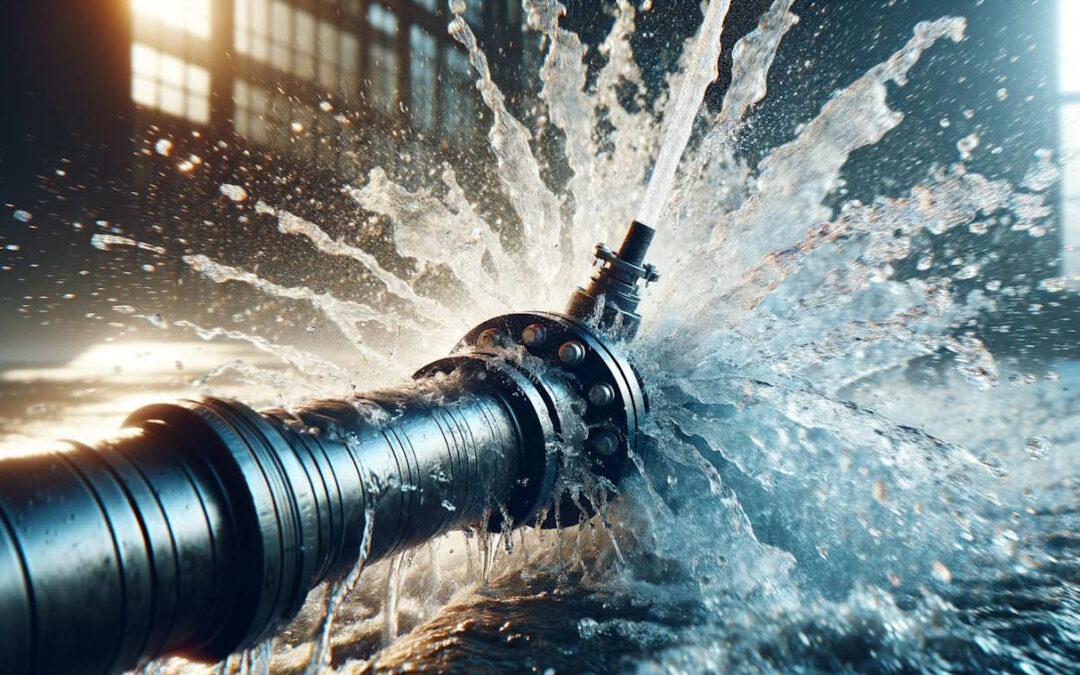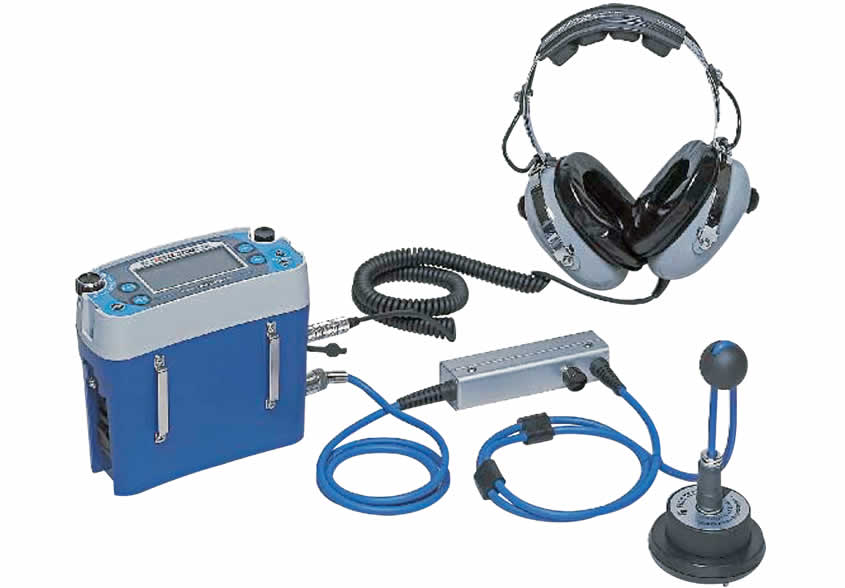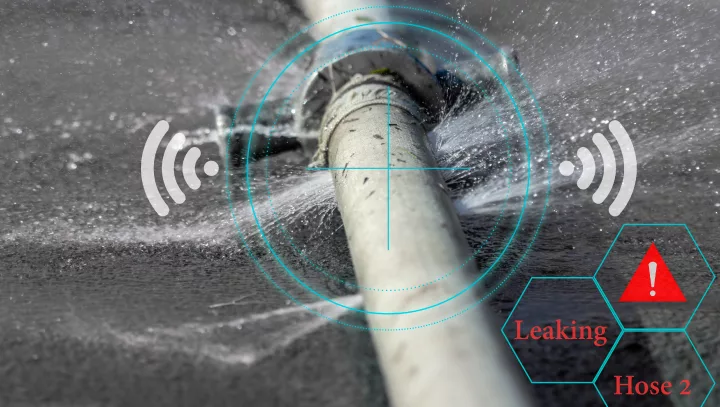Leading Water Leak Detection Methods to Safeguard Your Residential Property from Water Damage
Leading Water Leak Detection Methods to Safeguard Your Residential Property from Water Damage
Blog Article
Innovative Solutions for Very Early Discovery of Water Leaks in Structures and Facilities
As the honesty of structures and framework is extremely important, the difficulty of very early discovery of water leaks has stimulated cutting-edge solutions that guarantee to reinvent the method we guard versus possible problems. From cutting-edge leak discovery modern technologies to the release of IoT sensing units for real-time tracking, the landscape of leak prevention is evolving swiftly. Maker learning algorithms provide a look into the future of leakage forecast, while thermal imaging offers a non-intrusive technique for determining covert leaks. Automated water flow analysis systems are improving exactly how leakages are recognized and dealt with, leading the way for a proactive method to water leakage detection. Each of these solutions holds the vital to making sure the reliability and durability of our built atmosphere, prompting a change towards a more lasting and effective future.
Advanced Leak Detection Technologies
Advanced leakage detection technologies, outfitted with innovative sensors and formulas, play an essential role in swiftly determining and pinpointing water leaks in different settings. These technologies employ a mix of acoustic, thermal, and electro-magnetic picking up methods to find leaks accurately. Acoustic sensing units detect the audio of leaving water, enabling for accurate localization of the leakage resource. Thermal imaging identifies temperature level adjustments created by water leak, offering an additional reliable technique for leak identification. Electromagnetic sensing units can identify adjustments in magnetic fields brought on by water, supplying yet an additional layer of leak discovery capability.

IoT Sensors for Real-Time Surveillance
In the world of contemporary water leakage detection, the combination of IoT sensing units for real-time tracking represents an essential improvement in improving aggressive leakage discovery capacities. These sensing units provide continuous surveillance of water systems, supplying real-time data on water flow prices, pressure variations, and temperature changes. By leveraging IoT technology, these sensors can spot also the smallest abnormalities in water use patterns, enabling early identification of prospective leaks before they escalate into significant problems.
IoT sensors transfer data to a central platform, where sophisticated formulas examine the details and produce signals or notices when irregularities are discovered. This real-time tracking capability enables home owners or facility supervisors to without delay resolve leaks, reducing water damage, decreasing repair work prices, and preserving water resources.
Moreover, IoT sensing units can be integrated with structure monitoring systems, enabling automated reactions to discovered leakages, such as shutting down water shutoffs or activating pumps to alleviate the impact of leaks. On the whole, the implementation of IoT sensors for real-time surveillance substantially boosts the efficiency and performance of water leakage detection in buildings and facilities.
Artificial Intelligence Algorithms for Leak Prediction

One key advantage of utilizing artificial intelligence for leak prediction is its capacity to constantly learn and boost its precision over time. As read more even more information is accumulated and fed right into the algorithm, it can improve its predictions and adapt to changing conditions, inevitably boosting the reliability of leak detection systems.
Additionally, artificial intelligence formulas can assist in identifying subtle indicators of leakages that may go unnoticed by traditional tracking approaches. water leak detection. By analyzing intricate data embed in real-time, these formulas can supply very early cautions and alerts, permitting for punctual treatment and preventive maintenance to reduce possible water damage and linked expenses
Making Use Of Thermal Imaging for Leakage Detection
Thermal imaging modern technology provides an appealing technique for finding water leakages in various systems and facilities. By making use of infrared radiation and temperature level differences, thermal imaging cams can identify hidden leakages that are not easily noticeable to the nude eye. When water escapes from pipelines or frameworks, it frequently changes the temperature of the surrounding area, developing temperature differentials that thermal video cameras can record. These temperature irregularities are after that converted into visible images, highlighting the precise location of the leak.
One of the crucial advantages of thermal imaging for leakage discovery is its non-intrusive nature. Overall, the usage of thermal imaging modern technology boosts the efficiency and accuracy of water leak discovery, making it a valuable tool for maintaining the integrity of buildings and infrastructures.
Automated Water Circulation Analysis Systems
Just how can computerized water flow evaluation systems reinvent the detection and monitoring of leakages in different systems and infrastructures? Automated water circulation analysis systems offer a proactive approach to leak discovery by continuously monitoring water circulation prices and patterns. By establishing standard data, these systems can rapidly recognize discrepancies that might indicate a leakage, enabling punctual intervention to protect against considerable damage.
These systems make use of innovative algorithms to evaluate real-time information and give prompt informs when abnormalities are identified, permitting quick activity to be taken. Furthermore, automatic water flow analysis systems can be incorporated with building the original source management systems or IoT platforms, enhancing total efficiency and enabling remote monitoring capacities.
Additionally, the data gathered by these systems can be made use of for predictive maintenance functions, aiding to determine potential powerlessness in the facilities prior to leakages occur. Generally, the application of automatic water circulation analysis systems can considerably enhance leakage detection and administration methods, ultimately causing cost financial savings, minimized water wastefulness, and raised sustainability in buildings and framework.

Verdict
Finally, the integration of innovative leak detection technologies, IoT sensors, artificial intelligence algorithms, thermal imaging, and automated water circulation Recommended Reading evaluation systems offers innovative options for very early discovery of water leaks in buildings and facilities. These technologies allow real-time tracking, prediction of leakages, and efficient detection approaches to stop water damage and wastage. Executing these services can aid in preserving the honesty and sustainability of water supply in different setups.
Report this page